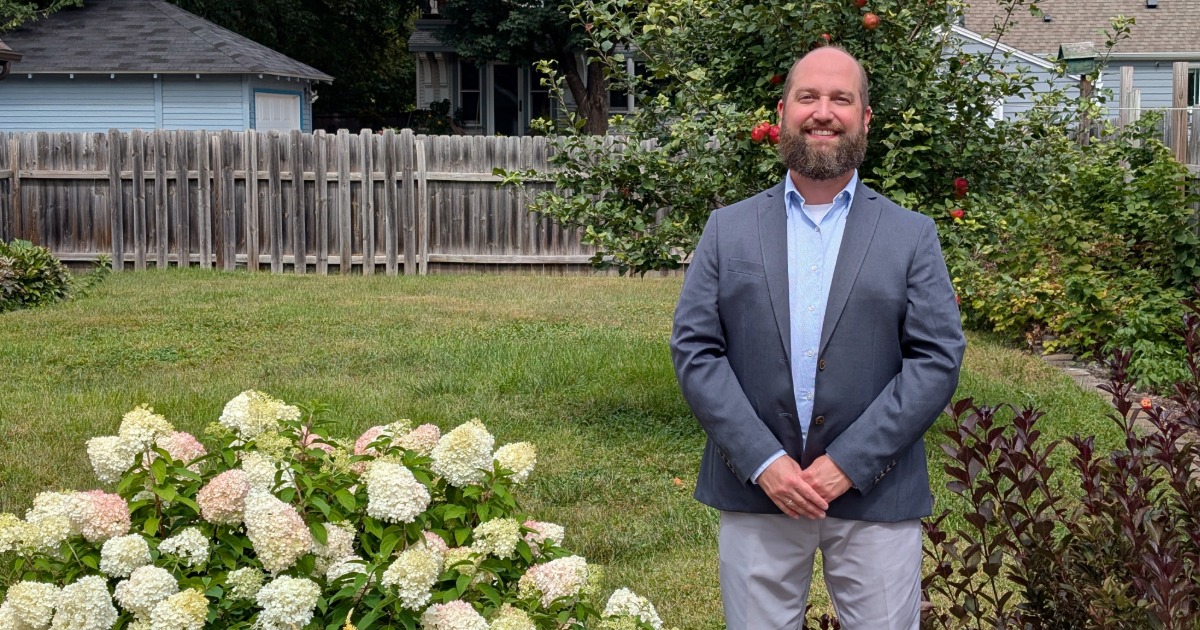Central Island Healthcare, a skilled nursing facility in Plainview, New York, wanted to provide a superior level of care for residents in its facility who were being sent to the emergency department with conditions it believed it might be able to treat in place.
THE PROBLEM
"All nursing homes are dealing with the challenge of trying to care for higher acuity patients with resources that are limited by the reimbursement we receive for care of their conditions," said Michael Ostreicher, executive director of Central Island Healthcare.
"I had been thinking about ways in which we might provide that superior level of care and just as I was setting myself to solving this problem, I received an email from Call9 proposing the solution I'd been seeking," he said.
PROPOSAL
Call9, a telemedicine vendor, proposed providing on-site emergency trained first responders 24/7 to Central Island Healthcare, said Ostreicher.
The company works collaboratively with the nurses in the healthcare facility to provide an extra layer of support that's designed to allow on-site nurses to provide for the chronic care needs of patients. Those experiencing an acute change of condition are privy to Call9's services rather than having to be transferred to the emergency department – unless they're experiencing serious events such as strokes or cardiac arrest. In those cases, they're transferred, but with early intervention measures, offered via telemedicine, that help ensure better outcomes than they would have had without telemedicine.
Call9's technology and services would allow for improved coverage for Central Island Healthcare residents, which would result in better outcomes for them, less stress for their families and more resident days for the facility – all at a lower cost to the healthcare system, Ostreicher said.
MARKETPLACE
There are many vendors on the market today that offer telemedicine technology, including American Well, Avizia, GlobalMed, MDLive, Novotalk, SnapMD, Teladoc, TeleHealth Services, Tellus and Tyto Care.
MEETING THE CHALLENGE
The telemedicine technology complements the workflows and abilities of Central Island Healthcare's team of nurses and caregivers, said Ostreicher. Call9's on-site team is part of the facility's care cooperative; the facility's team and residents are connected with them, and everyone works together to provide a comprehensive care solution when residents experience acute needs.
"When a resident experiences an acute change of condition, our staff activate Call9, their clinical care specialist goes to the resident's bedside with a suite of diagnostics designed for acute care, huddles with our nurse, connects with a Call9 remote physician, and begins caring for the patient's needs via the direction of the doctor," Ostreicher explained. "We've seen a drastic reduction in hospital transfers as a result of this, and our residents experience a far greater quality of life because of it."
RESULTS
The impact on patient care has been dramatic. In the four six-month periods prior to Call9's implementation, the healthcare organization was averaging 154 hospitalizations per period. In the four six-month periods after the implementation, the organization has averaged 85 hospitalizations per period.
"With telemedicine, our patients are able to be seen by a physician within five minutes of identification of their acute change of condition – median time from activation – and the team is able to regularly treat common ailments among our residents, such as hypertension, fever, chest pain and COPD in our facility," Ostreicher said.
Since implementation, Central Island Healthcare has seen a consistent 40-50 percent drop in emergency department transfers, a greater census of patients, and greater satisfaction among both residents and their families, he added.
ADVICE FOR OTHERS
"The national paradigm of nursing home care is unsustainable," said Ostreicher . "It's both insufficient for the patient and more and more detrimental to the bottom line of facilities."
Two months ago, Central Island Healthcare received the first value-based purchasing program reimbursement from CMS, he said – which more than covered the rollout of Call9 services, "without even considering all the other ways the telemedicine technology drove value to our facility."
For nursing homes operating under the model of ten, or even five years ago, Ostreicher strongly encouraged them to identify and adjust to the shifting times: It's what's right for the patient and it will improve their bottom line, he said.


